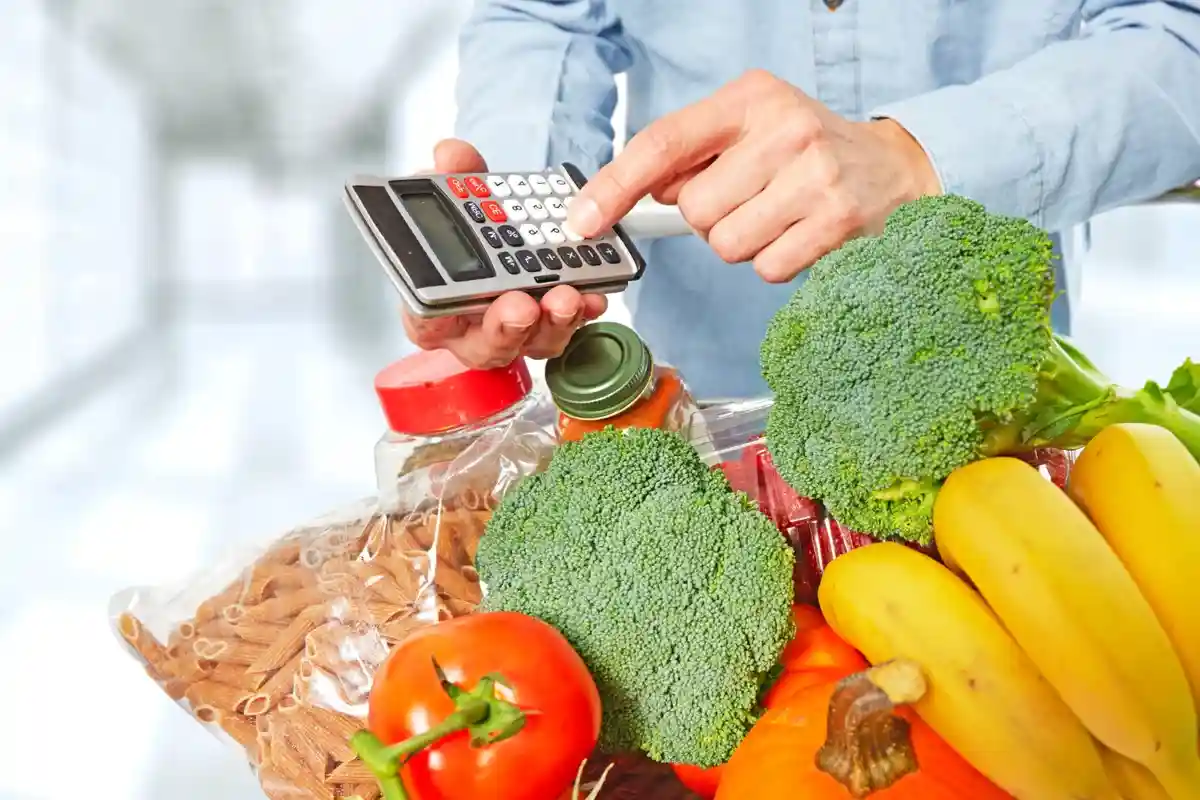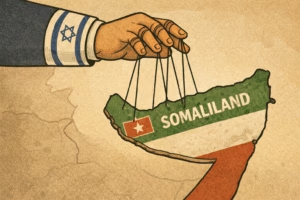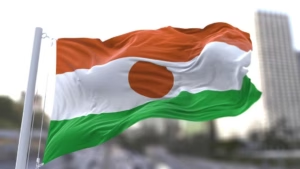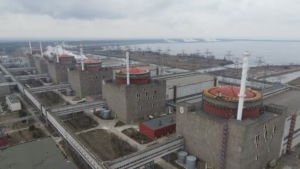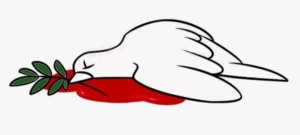While South Africa’s headline inflation figures for April 2025 have shown some signs of relief, this reprieve has not extended to the shelves of grocery stores. Instead, a growing number of households are finding themselves under immense strain as essential food prices continue to escalate.
According to the latest Household Affordability Index, released by the Pietermaritzburg Economic Justice and Dignity Group (PMBEJD), the cost of filling a basic food basket saw a significant rise last month. Consumers were faced with the reality of paying R5 420.30 to secure a month’s supply of essential goods, reflecting a month-on-month increase of R90.94 or 1.7 percent from March’s R5 329.36.
Year-on-year comparisons paint a similarly concerning picture. Between April 2024 and April 2025, the average cost rose by R83.99 or 1.6 percent. These steady increases come at a time when other aspects of the inflation index, such as fuel prices, have declined, giving many South Africans little comfort.
Mixed Trends Within the Food Basket
Although not all items saw price hikes, the balance tilted towards more expensive food. Of the 44 basic items tracked by PMBEJD, 24 increased in price, while 20 recorded decreases. Among those that rose sharply, several staple goods stood out.
Foods registering increases of five percent or more in April included:
- Potatoes (6%)
- Onions (11%)
- Beef (7%)
- Fish (7%)
- Tomatoes (26%)
- Carrots (20%)
- Spinach (7%)
- Cabbage (6%)
- Green pepper (7%)
- Bananas (7%)
- Oranges (18%)
Other goods, which rose by two percent or more, featured:
- Maize meal (2%)
- Full cream milk (2%)
- Beef tripe (2%)
- Cremora (3%)
- Apricot jam (4%)
- Brown bread (2%)
However, not all changes were upwards. Some items became marginally more affordable. For example, butternut and apples dropped by seven percent and six percent respectively. Additional decreases by at least two percent were noted in staples such as rice, cake flour, sugar beans, salt, frozen chicken portions, and peanut butter.
Despite these isolated drops, the broader upward trend is undeniable and alarming for households already grappling with tight budgets.
Workers’ Wages Stretched Beyond Limits
The struggle to afford basic necessities was felt more acutely as South Africans commemorated Workers’ Day in early May. For many, the symbolic day offered little reason for celebration.
The national minimum wage currently stands at R28.79 per hour, equating to R230.32 for an eight-hour working day and R4 836.72 for a typical 21-day month. However, with April comprising only 19 working days, the maximum take-home pay for a general worker was R4 376.08.
“Workers work to support their families. The wage workers earn is not just to sustain themselves alone, it is used to support the entire family. For Black South African workers, one wage typically must support 4 people. Dispersed in a worker’s family of 4 persons, the NMW, is R1 094.02 per person, this is below the upper-bound poverty line of R1 634 per person per month,”
PMBEJD highlighted.
The index further revealed the grim arithmetic confronting workers. The basic nutritional food basket for a family of four in April 2025 cost R3 817.78. After allocating funds for unavoidable expenses such as electricity and transport, which consume nearly 59 percent of income, only R1 813.11 remained for food and all other needs.
“Food is bought after monies for transport and electricity have been paid for or set aside (leaving R1 813.11 – for food and everything else), and so in April 2025, PMBEJD calculates that workers’ families will underspend on food by a minimum of 52,5% (having R1 813.11 left over after transport and electricity have been paid, and with food for the month costing R3 817,78). In this scenario there is no possibility of a worker being able to afford enough nutritious food for her family. If the entire R1 813.11 all went to buy food, then for a family of 4 persons, it would provide R453,28 per person per month. This is below the food poverty line of R796,”
PMBEJD elaborated.
Debt Becomes a Lifeline for Survival
Neil Roets, Chief Executive Officer of Debt Rescue, expressed grave concern regarding the dire situation unfolding across the country.
“To survive, many are turning to credit cards and payday loans just to buy groceries. We’re seeing a sharp rise in consumers using short-term credit to put food on the table,”
he observed.
Roets explained that the hardship extends beyond food alone. Hygiene products, another essential category, have also become increasingly unaffordable. The cost of household hygiene items rose by 2.6 percent over the past year, now totalling R1 033.09.
“When food and hygiene compete for the same shrinking budget, something has to give—and it’s often health and dignity,”
he noted.
He further emphasised that the problem is not rooted in financial irresponsibility.
“People aren’t overspending or living recklessly. They’re doing everything right, but the numbers no longer work. They are trapped in a cycle of survival, borrowing just to eat, and falling deeper into debt every month,”
Roets added.
A Harsh Reality and Uncertain Road Ahead
The April 2025 Household Affordability Index, according to Roets, confirms what many South African families are experiencing daily.
“The April 2025 Household Affordability Index confirms what we see every day: the cost of survival is rising faster than people can keep up. South Africans are at breaking point right now under the combined onslaught of food prices that have increased far above the inflation rate, interest rates that are still among the highest they have been in a decade and the relentless financial onslaught from Eskom for an essential service that is also vital to the survival of households. Where to from here?”
he asked.
With food prices escalating faster than wages and essential services consuming an increasing portion of monthly income, millions face an uphill battle to secure even the most basic necessities. South Africa’s workers, who shoulder not only their own needs but those of entire families, are being pushed ever closer to the edge.
As the data from PMBEJD makes clear, the rising cost of survival is no longer a future concern — it is a present and very urgent crisis.

